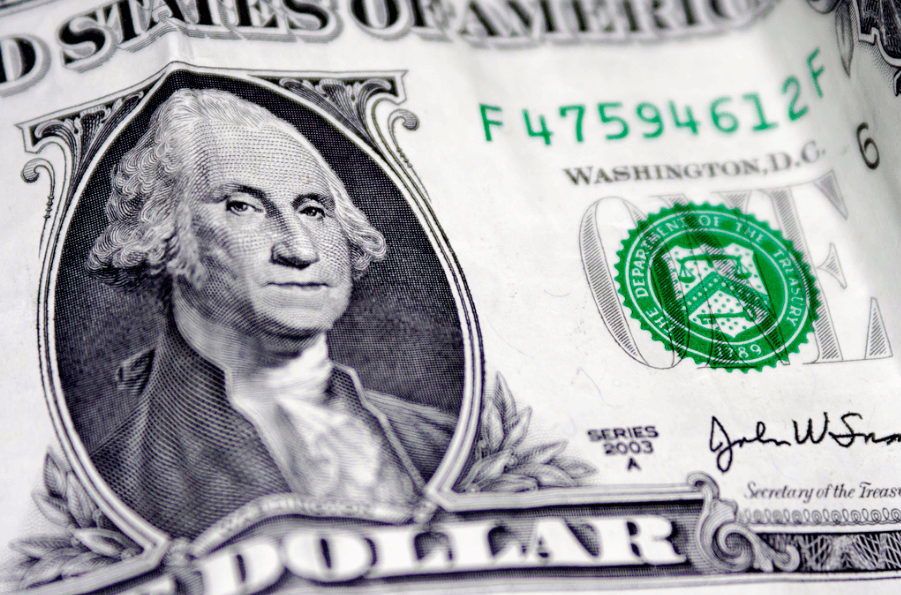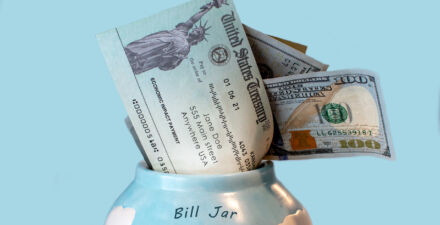Consumers initially spend less than a third of their stimulus checks, on average, amid recessions
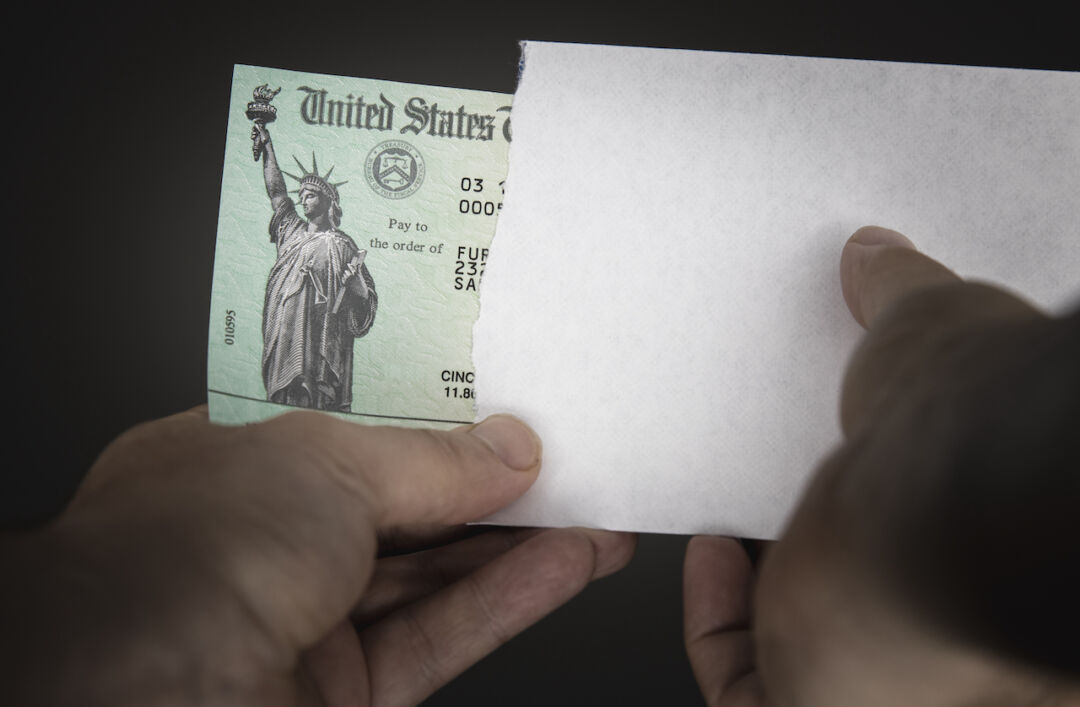
Economists and policymakers alike generally agree on the effectiveness of sending out direct stimulus checks to individuals to help reverse an economic downturn by encouraging more consumer spending. But they vigorously debate the appropriate amount of money that should be disbursed. U.S. policymakers in the past three recessions sent out stimulus payments ranging from $600 to $1,200. Was that too much, too little, or just about right?
Stimulus payments are meant to ease the pain of the economic downturn for families, and the payments help stabilize the economy. How much of the stimulus payment is immediately spent to help the economy rebound is known in economics as the marginal propensity to consume, or MPC. How much families spend varies, of course, depending on the size of the stimulus checks, whether they are unemployed when they receive the checks, and how much savings they have squirreled away that is easily converted into cash, among many other variables.
In a new working paper, “Marginal Propensity to Consume in Recessions: A Meta-analysis,” economist Anna Sokolova at the University of Nevada, Reno provides some data-driven evidence for U.S. policymakers to ponder and for economists to research further for even more evidence of the effectiveness of stimulus payments. She examined data from 40 different studies around the globe on the spending patterns of consumers within the first 3 months of receiving their stimulus checks over the course of the past three recessions—the dot-com recession of 2001, the Great Recession of 2007–2009, and the COVID-19 recession of 2020—and including other small transitory or predictable payments over the time period spanning all three recessions.
Sokolova finds that, on average, consumers spent 29 percent of these stimulus payments purchasing goods and services in the 3 months after receiving it—or, in economic parlance, their marginal propensity to consume was 0.29 when the stimulus was $1,200, though that propensity to consume depends on the size of the stimulus payments. (See Figure 1.)
Figure 1
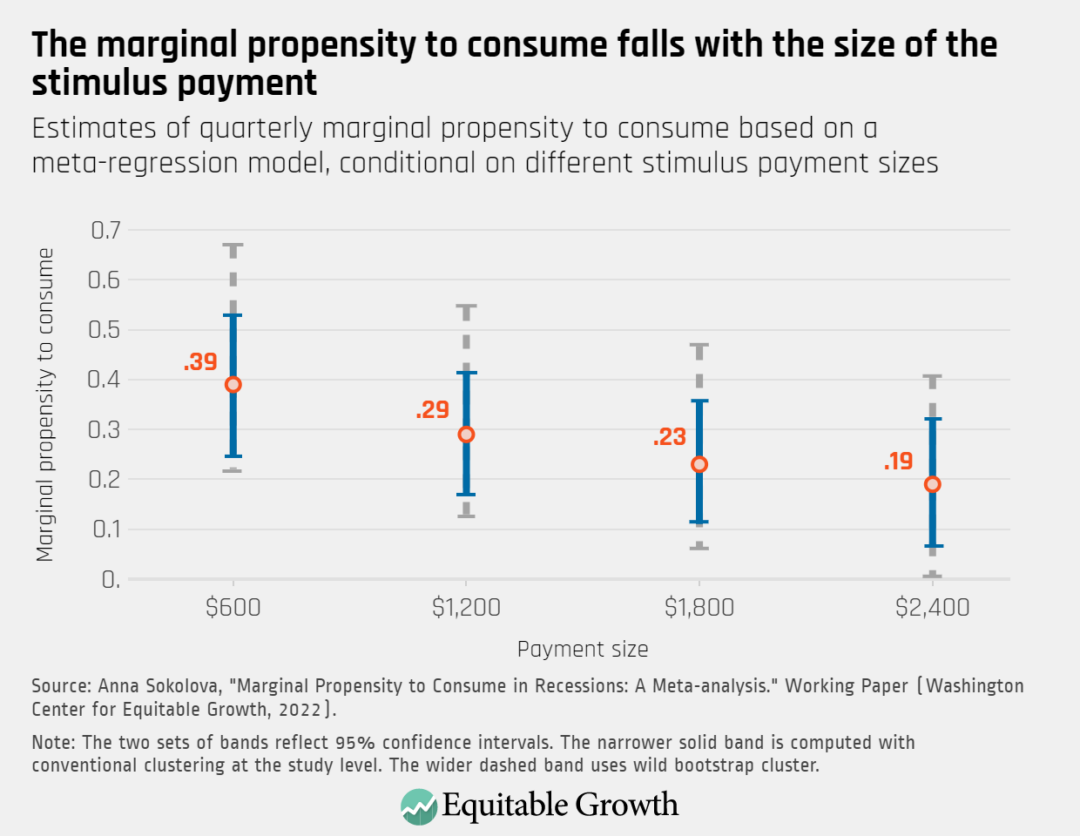
At first glance, then, it would seem that U.S. policymakers may be overly optimistic about the direct effects of stimulus checks to help reverse recessions. After all, sending $300 billion to people, as happened with the first COVID-19 payment, but only having about $87 billion of it spent in the first 3 months would not seem to deliver the robust kick to the U.S. economy needed to spark the beginning of a quick turnaround.
But aggregate spending on average by consumers doesn’t capture the very different circumstances in which individual consumers make those spending decisions. Importantly, the new working paper finds that when unemployment rates are high—a leading indicator that a recession is severe—the marginal propensity to consume also rises within the first 3 months of receiving stimulus checks. (See Figure 2.)
Figure 2
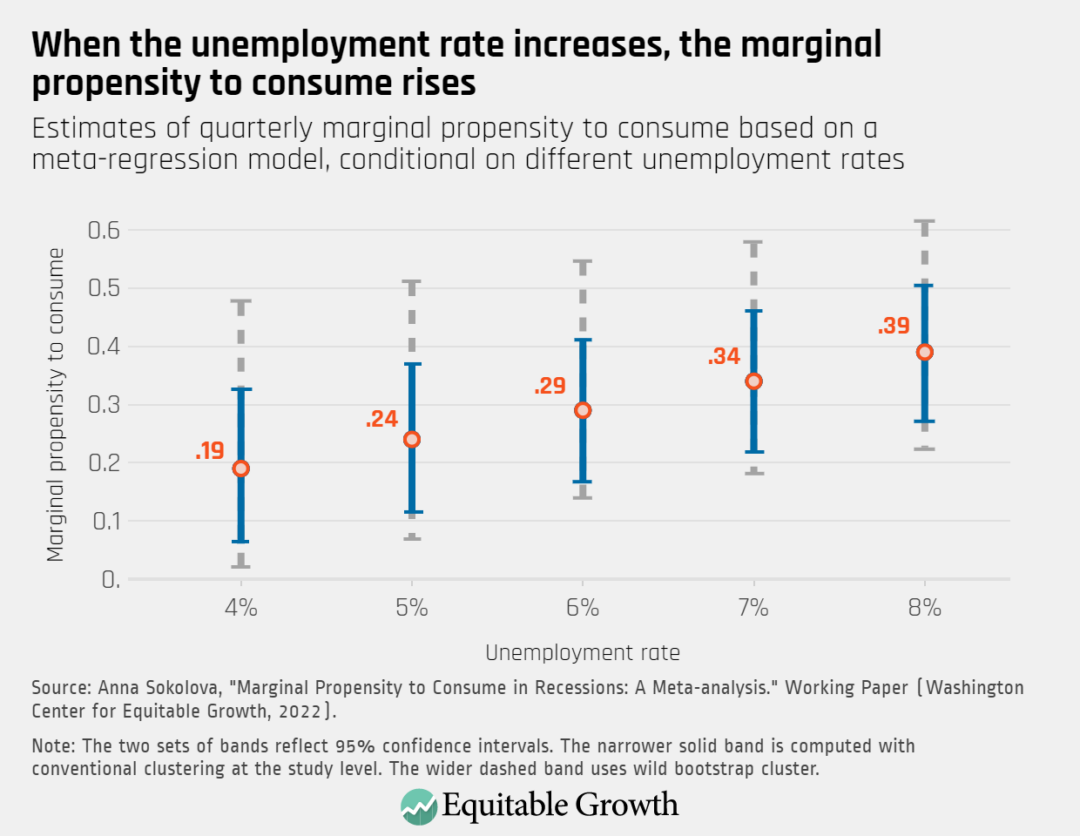
This indicates that stimulus payments are much more effective at prompting more spending more quickly by households when recessions are more severe. This makes sense. A higher percentage of the stimulus payments will be spent because more people are out of work and need the money to buy everyday expenses such as food and paying the rent.
So, U.S. policymakers are probably correct when they send stimulus payments to U.S. households to boost their marginal propensity to consume when the economy is in more dire straits. Or, as economists would say, the countercyclical features of MPC-driven stimulus are effective. Indeed, Sokolova finds evidence suggesting that U.S. households spend more of their stimulus money, compared to households from other countries.
The new working paper also shows that U.S. policymakers can use these results to estimate how much of the stimulus payments will be spent immediately. In this way, policymakers can calculate how much money they need to spend in the form of stimulus payments by using the marginal propensity to consume to calibrate the size of the stimulus needed. Sokolova’s research finds, for example, that a higher percentage of that money will be spent directly and more quickly in an economic downturn when there is less of it landing in consumers’ mailboxes or bank accounts.
Policymakers also should consider the levels of household savings when sending out stimulus payments while also factoring in the economic benefits of distributing those payments to everyone more swiftly to spark more consumption effects, as well as the political benefits of making these payments universal to garner broad-based public support. This new working paper finds that households with high levels of liquid assets tend to have marginal propensities to consume that are lower, but by about only 9 percentage points to 10 percentage points, compared to the general population.
This new research also points economists to other ways in which the marginal propensity to consume could be further studied using data-driven evidence, alongside other qualitative measures. For instance, economists could explore further the relationship between the marginal propensity to consume from households’ one-time stimulus checks, compared to money they receive as recurring payments, such as annual tax refunds. More data-driven research on the many ways in which the marginal propensity to consume affects the U.S. economy would certainly be useful when U.S. policymakers consider future rounds of stimulus payments to combat a recession.
Research should also go beyond estimating the marginal propensity to consume from these stimulus payments. As Equitable Growth Steering Committee member and Harvard University professor Karen Dynan recently wrote, more research is needed to understand how this type of countercyclical fiscal policy protects the most vulnerable households from harm. Research by Equitable Growth grantee and University of Chicago economist Christina Patterson finds that the disproportionate impact of recessions on low-income and young workers amplifies recessions due to their higher marginal propensities to consume, so it’s also critical to understand the spillover impacts of stimulus to households in need during recessions to forestall worsening economic outcomes.
Lastly, these types of stimulus payments are needed because the United States does not have a robust system of automatic stabilizers and social infrastructure. These one-off stimulus payments are inefficient because of the time it takes to pass new legislation and because they are often poorly targeted. Policymakers should explore how to automate programs that mitigate negative consequences for families and workers during economic downturns, as well as foster overall economic security by building up our social infrastructure.
Indeed, the inadequate state of U.S. social infrastructure and lack of automatic stabilizers may well explain why U.S. households spent more of their stimulus money than households in other countries. They needed to because they were economically more precarious when the COVID-19 recession hit. Further research on the potential built-in resiliency of U.S. workers and their families amid an economic crisis by enacting robust automatic stabilizers and social infrastructure will help policymakers design these programs for possible implementation.





